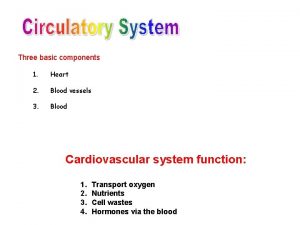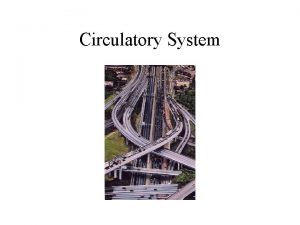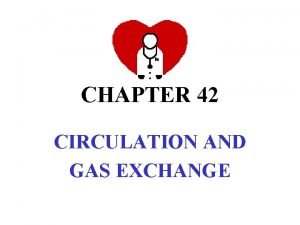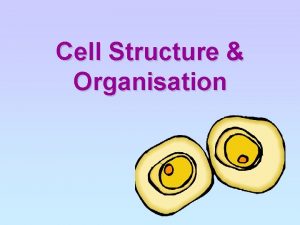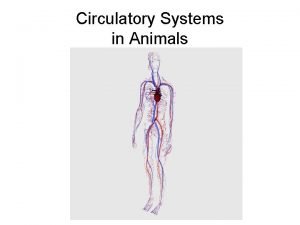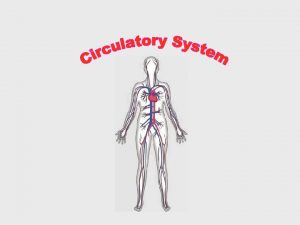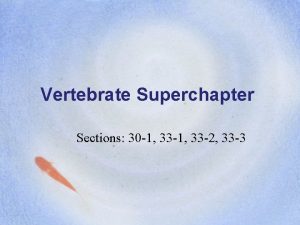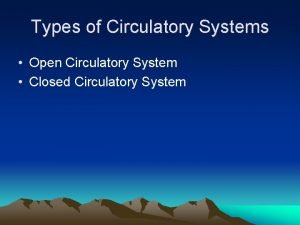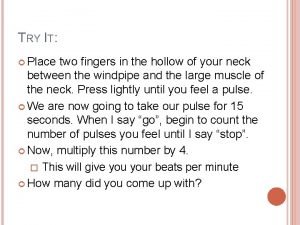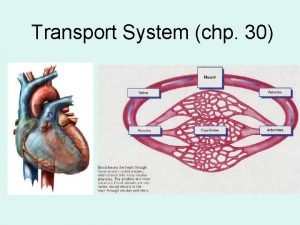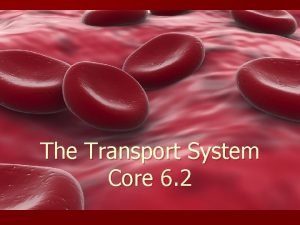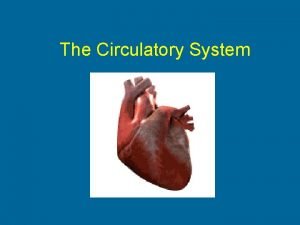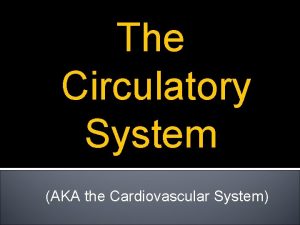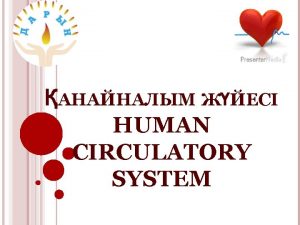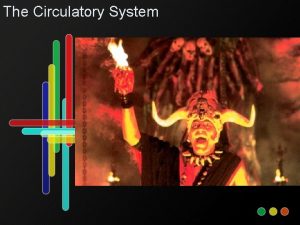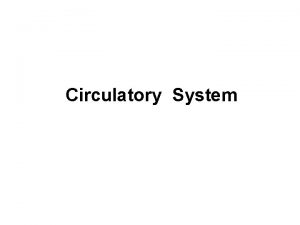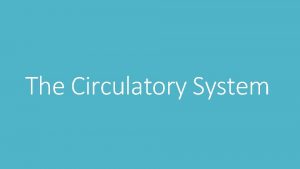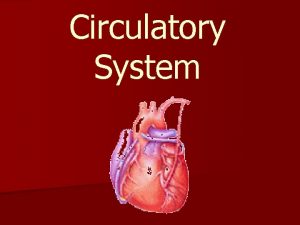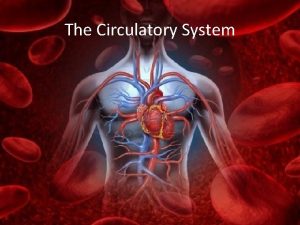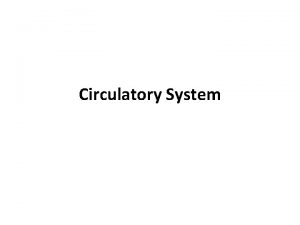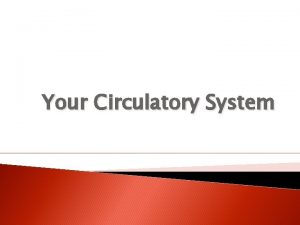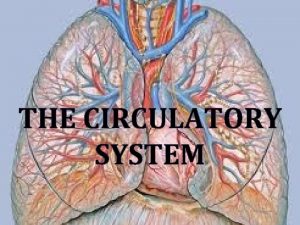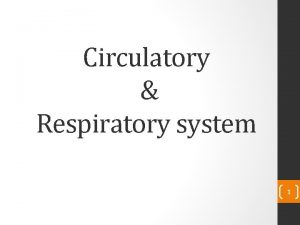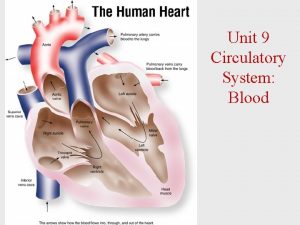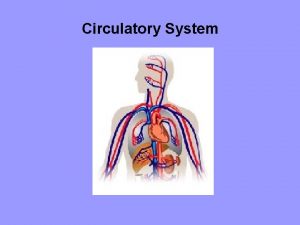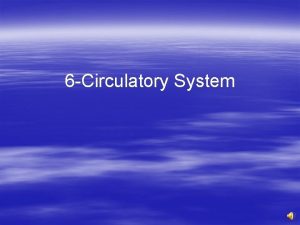The Human Circulatory System Components and Functions Components
















- Slides: 16

The Human Circulatory System Components and Functions

Components of Blood • • Plasma Red blood cells White blood cells Platelets

Plasma • Makes up 55% of the blood • Contains dissolved ions including; Ca, Mg, Na, HCO 3 • Wastes and nutrients • Proteins (antibodies, enzymes, hormones, clot factors) • Water (91% H 2 O)

Red Blood Cells • Most numerous cells • Shaped like bi-concave discs • Produced in the bone marrow • Mature RBC’s do NOT contain a nucleus • Hemoglobin is an ironcontaining protein in RBC’s that binds to O 2 and assist in its transport

RBCs, WBCs & Platelets

White Blood Cells • Larger than RBC’s • Produced in the bone marrow and lymph nodes • Single or multinucleated • Necessary to fight pathogens (ie. bacteria, viruses)

Types of White Blood Cells • Phagocytes (engulf foreign pathogens via phagocytosis) -Macrophage -neutrophils -monocytes • Lymphocytes -B cells (produce antibodies) -T cells -T 4 helper -Killer T cells

Blood Cell Origin and Differentiation

Platelets • Assist in the clotting process • Fragments, contain no nucleus • Made in bone marrow

Blood Clotting • Clotting involves a series of enzyme controlled reactions • Injury to blood vessel- causes platelets to rupture- initiating clotting reactions. • Prothrombin- Thrombin- • Fibrinogen-- Fibrin, which forms a fibrous mesh at the site of the injury. • The mesh traps blood cells, forming a clot

Coagulation Pathway

Transport Vessels • Blood circulates through the human body within closed blood vessels

Arteries • Carry oxygen-rich blood away from the heart to the body • Thick, muscular walls to withstand blood pressure • Rhythmic expansion and contraction of the arteries produced by the heart is called the pulse.

Capillaries • Smallest branches of arteries • One cell layer thick • They are the site of exchange of materials between the blood and tissues http: //www. youtube. com/watch? v=h. Dbfkfgc 1 xk&feature=related

Veins • Blood flows from the capillaries into veins • Veins are thin walled and carry oxygen poor blood back to the heart • Contain valves that prevent backflow of blood due to the low pressure in the veins *Blood flow in the veins is assisted by the contraction of your muscles.

Intercellular Fluid and Lymph • Some of the plasma leaves the capillaries and bathes the cells. This is called Intercellular Fluid (ICF). • Excess ICF is drained into tiny vessels called lymphatic vessels. It is then called lymphatic fluid. • Lymph fluid empties into the large veins that return blood to the heart.
 Circularory system
Circularory system 3 main functions heart
3 main functions heart Function of the circulatory system
Function of the circulatory system Circulatory system and respiratory system work together
Circulatory system and respiratory system work together Tiny air sacs at the end of the bronchioles
Tiny air sacs at the end of the bronchioles Difference between open and closed circulatory system
Difference between open and closed circulatory system Circulatory and respiratory system working together
Circulatory and respiratory system working together Amphibian and reptile circulatory system
Amphibian and reptile circulatory system Circulatory system steps in order
Circulatory system steps in order Section 30-1 the chordates answer key
Section 30-1 the chordates answer key Lungfish heart
Lungfish heart Open circulatory system
Open circulatory system Circulatory system of a cow
Circulatory system of a cow Circulatory system function
Circulatory system function Closed circulatory system
Closed circulatory system 3 parts of circulatory system
3 parts of circulatory system 3 parts of the circulatory system
3 parts of the circulatory system

